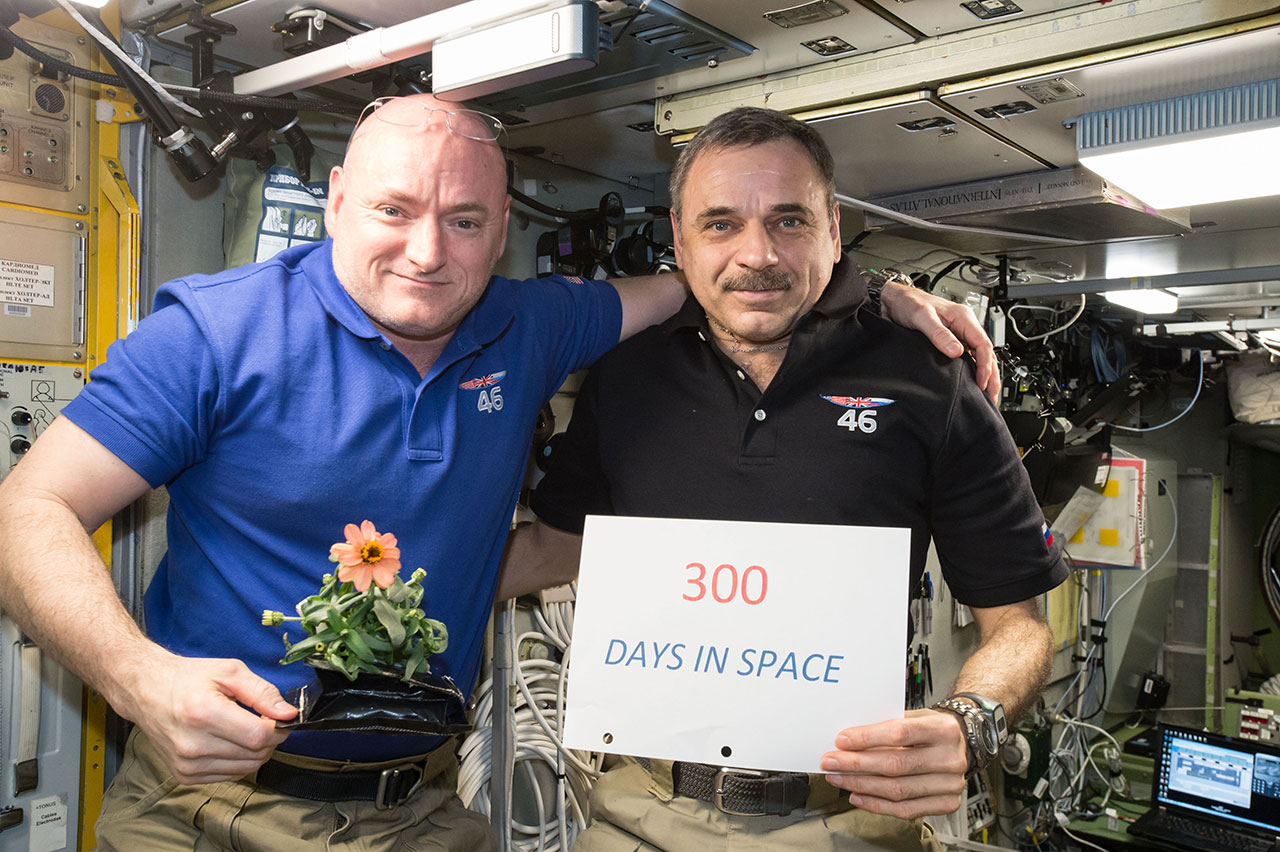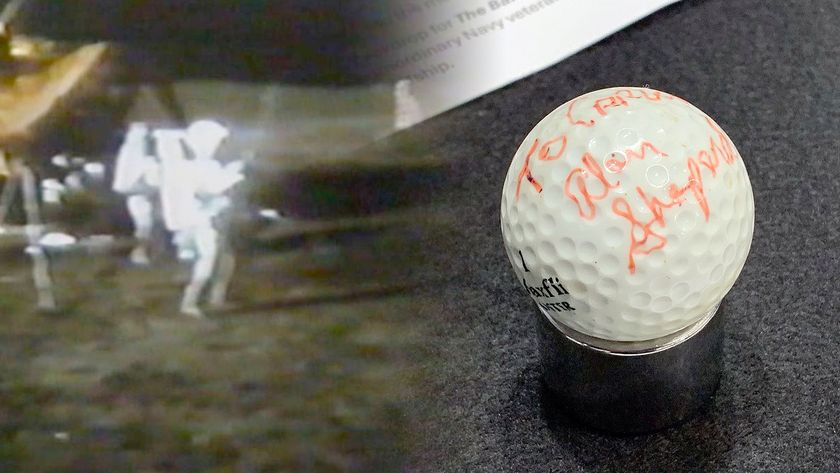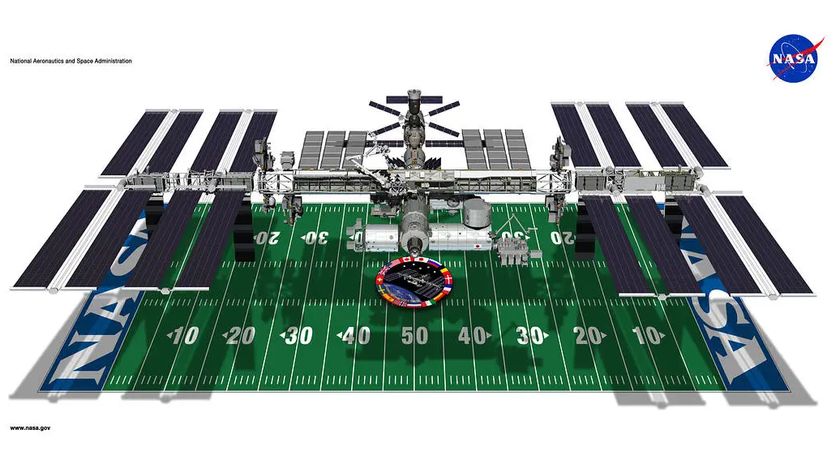By the Numbers: Astronaut Scott Kelly's Year-in-Space Mission

Five thousand four hundred forty. That is how many times NASA astronaut Scott Kelly and Russian cosmonaut Mikhail Kornienko circled the Earth during their record-setting yearlong mission on board the International Space Station.
Kelly and Kornienko launched in March 2015 and are set to return to Earth Tuesday night (March 1), landing with cosmonaut Sergey Volkov on the snow-covered steppe of Kazakhstan aboard Russia's Soyuz TMA-18M spacecraft. Their touchdown, expected at about 11:25 p.m. EST (0425 GMT or 10:25 a.m. local time on March 2), will bring to an end Kelly and Kornienko's 340-day expedition off the planet. You can watch the landing live online courtesy of NASA TV.
During those 5,440 orbits, Kelly and Kornienko traveled some 143,846,525 miles (231,498,542 kilometers) at 17,500 mph (28,160 km/h). [One Year in Space: Epic Space Station Mission in Photos]
Circling the planet every 90 minutes, they witnessed 10,944 sunrises and sunsets, NASA officials said — 16 each day.
"I've been up here for a really long time, and sometimes, when I think about it, I feel like I've lived my whole life up here," Kelly said in a recent media interview.
Full house, full schedule

During their time on the space station, Kelly and Kornienko served with four crews: Expeditions 43, 44, 45 and 46.
Over the course of the year, they lived and worked with a total of 13 other crewmembers, including three NASA astronauts (Terry Virts, Kjell Lindgren and Tim Kopra), five Russian cosmonauts (Anton Shkaplerov, Gennady Padalka, Oleg Kononenko, Yuri Malenchenko and Volkov), three European Space Agency astronauts (Samantha Cristoforetti, Andreas Mogensen and Tim Peake), one Japan Aerospace Exploration Agency astronaut (Kimiya Yui) and one Kazakh cosmonaut (Aidyn Aimbetov).
Get the Space.com Newsletter
Breaking space news, the latest updates on rocket launches, skywatching events and more!
"My friend Misha [Mikhail] and I have been up here for a really, really long time, and recently, we have been joking with each other that we'll be saying something like, 'We did it!' or 'We made it!'" Kelly said during a change-of-command ceremony on Monday (Feb. 29). "But we both recognize that this is a lot more about teamwork and all the people that it takes to put these missions together to be successful than it is about us."
"A really smart person said to me one time, 'Teamwork makes the dream work in spaceflight,' and spaceflight is the biggest team sport there is," he added.
Together with their fellow station residents, Kelly and Kornienko participated in 400 research investigations — including studying 20 black mice as part of the Rodent Research Facility. And Kelly collected medical samples and took measurements to support a first-of-its-kind study of twins — together with his brother Mark Kelly on the ground.
During their stay, Kelly and Kornienko saw and assisted with the arrival and departure of nine visiting vehicles.
Three Russian Soyuz spacecraft brought crewmembers to and from the station. In addition, six international cargo freighters brought supplies to the outpost, including three Russian Progress vehicles, one Japanese H-II Transfer Vehicle (HTV), one U.S. Orbital ATK Cygnus spacecraft and one SpaceX Dragon spacecraft. (Two additional launches, one Progress and one Dragon, failed while Kelly and Kornienko were on the station.)
Both yearlong crewmembers also conducted spacewalks. Kornienko ventured outside once to inspect the exterior of the station's Russian segment and retrieve a science experiment, logging 5 hours and 31 minutes on EVA (extravehicular activity).
Kelly performed three spacewalks to install a cover over the Alpha Magnetic Spectrometer, a high-energy particle detector; restore the station's coolant system to its original configuration; and release the mobile transporter railcar after it became stuck. In total, he tallied 18 hours and 20 minutes on EVA.
Pictures worth a thousand views
During his limited free time, Kelly took to Twitter, Instagram and the space station's windows to share his view from space.
Over the course of his 340 days, Kelly posted more than 1,000 photographs — 713 on Instagram alone — of the Earth below and his and his crewmates' activities on the space station.
"I have taken a lot of pictures because I have been up here for a long time," Kelly said in an inflight news conference. "Actually, numbers wise, I don't think I have taken that much compared to other crewmembers we have had up here. But I have definitely taken some good ones and some memorable ones."
Among the images he shared with his more than 900,000 Twitter followers were sunrises and sunsets, auroras, the moon, desert dunes and snowy mountain caps.
Final tally
When they land Tuesday, Kelly and Kornienko will have each added 340 days to their total time in space.
For Kornienko, who had logged 176 days on a prior space station stay, that will bring his career tally to 516 days, ranking him 18th on the worldwide list of explorers by time spent in space.
Kelly will come in one spot above him, at 17, with 520 days, adding to his 180 days accumulated on two space shuttle missions and a previous space station expedition. In terms of American records, that will make Kelly the record holder for the most time in space and the longest single mission by an American astronaut.
"I could go another 100 days; I could go another year if I had to," Kelly said. "Although I do look forward to getting home."
Editor's note: This story was updated at 4:50 p.m. ET to correct the rankings of Kelly and Kornienko on the worldwide list of space travelers.
Robert Pearlman is a Space.com contributing writer and the editor of collectSPACE.com, a Space.com partner site and the leading space history-focused news publication. Follow collectSPACE on Facebook and on Twitter at @collectSPACE. Follow us @Spacedotcom, Facebook and Google+. Original article on Space.com.
Join our Space Forums to keep talking space on the latest missions, night sky and more! And if you have a news tip, correction or comment, let us know at: community@space.com.

Robert Pearlman is a space historian, journalist and the founder and editor of collectSPACE.com, a daily news publication and community devoted to space history with a particular focus on how and where space exploration intersects with pop culture. Pearlman is also a contributing writer for Space.com and co-author of "Space Stations: The Art, Science, and Reality of Working in Space” published by Smithsonian Books in 2018.In 2009, he was inducted into the U.S. Space Camp Hall of Fame in Huntsville, Alabama. In 2021, he was honored by the American Astronautical Society with the Ordway Award for Sustained Excellence in Spaceflight History. In 2023, the National Space Club Florida Committee recognized Pearlman with the Kolcum News and Communications Award for excellence in telling the space story along the Space Coast and throughout the world.
Most Popular




